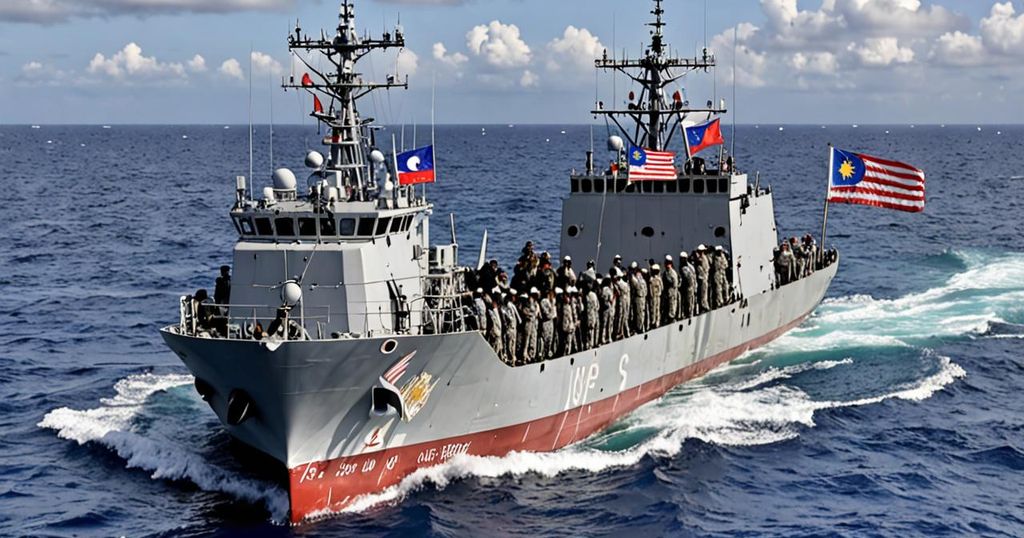Amid escalating tensions in the South China Sea, the Republic of the Philippines has made the decision to decline offers of assistance from the United States in operations within the contested region. This decision follows a recent clash with China over resupply missions for Filipino troops stationed on a disputed shoal.
In a recent statement, General Romeo Brawner, Chief of the Armed Forces of the Philippines, revealed that the United States, as a treaty ally, had extended offers of support to the Philippines. However, Manila has chosen to handle the situation independently, with General Brawner stating, “We try to exhaust all possible options that we have before we ask for help.”
The Philippines and the United States are bound by the 1951 Mutual Defense Treaty, which allows for military assistance in the event of armed attacks on Philippine forces, public vessels, or aircraft in the South China Sea. Despite this alliance, the Philippines has expressed a preference for managing its operations without direct involvement from the United States.
Former Deputy US National Security Adviser Matt Pottinger had suggested direct US naval support for the resupply missions, but Philippine National Security Adviser Eduardo Ano emphasized that the operations should remain a “purely Philippine operation.” Ano stated, “This is our legitimate national interest, so we don’t see any reason for them (the US) to come in.”
While discussions have taken place regarding potential US support, including naval escorts for resupply missions, the specifics of the offered assistance were not disclosed by Philippine and US officials. Furthermore, Military Chief Brawner clarified that the US offer was not a direct response to the recent clash with China, but rather a reflection of the enduring military alliance between the two countries.
The South China Sea has been a hotbed of tensions, with confrontations between the Philippines and China escalating as the latter asserts its claim to the region. This has raised concerns among neighboring Southeast Asian countries, as well as the United States, regarding China’s military influence and territorial ambitions in the area.
Despite the continuous tensions, the Philippines and China have expressed intentions to ease the situation while asserting their respective rights. This comes in the wake of a ruling by the Permanent Court of Arbitration in the Hague, which discredited China’s expansive claims in the South China Sea under its nine-dash line.
As the situation in the South China Sea remains complex and fraught with uncertainties, the Philippines’ decision to handle its operations independently reflects its commitment to upholding its national interests. As the dispute continues to unfold, the dynamics of the Philippines’ relationships with the United States and China may play a crucial role in shaping the future of the region.

Leave a Reply